Tokyo’s Shibuya Station is the fourth busiest commuter rail station in Japan, though it’s claim to fame is in canine form. Across the world many are familiar with the story of the loyal dog, Hachiko, who was a fixture at the station in the 1920’s. Hidesaburo Ueno, a Professor in Agriculture at Tokyo Imperial University used Shibuya Station to commute to work. His young Akita dog, Hachiko, would wait for him at the station every evening after work. In May of 1925 Ueno collapsed while giving a lecture, and died from a cerebral hemorrhage. Despite the fact that his master was gone, and would never return, Hachiko still waited at Shibuya Station every evening. For nine years, until his death, Hachiko waited at the station. Hachiko’s story became popular when a former student of Ueno’s wrote an article about his loyalty, which was published in a Tokyo newspaper.
A year before Hachiko’s death a bronze statue was erected outside Shibuya Station. Unfortunately, During World War Two, the statue was melted down for the war effort. In 1948 a new statue was designed by the son of the original artist, and is on display outside the station. The statue serves as a popular meeting point, and isn’t too hard to find. Just look for the signs in the station that point to the “Hachiko Exit.”
Several movies have told the story of Hachiko, the first being Hachiko Monogatari, in Japanese. This movie was remade in English and titled Hachiko: A Dog’s Story, and starred Richard Gere as Parker Wilson. To make the more palatable for a Western audience, all the Japanese people were removed, and the story was set in Rhode Island. The writers couldn’t seem to figure out how to explain why a white guy would name his dog Hachi (-ko was a suffix added to the name Hachi, which also was not explained by the movie), so they had to include one Japanese character: the stereotypically mystical, wise Japanese colleague of Parker’s. What a rather harsh critique from me. But I won’t lie. The movie made me cry. Shoot, I was crying when it started, as Parker played with Hachiko as a puppy. I kept thinking, “You’re both going to diieeee at the end!”
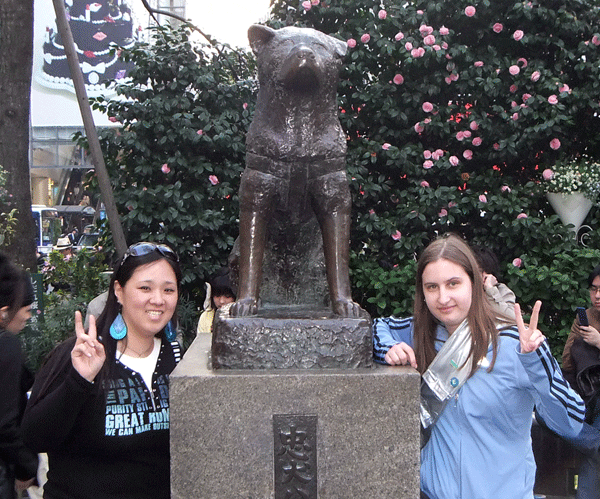
The poor lighting made a good shot hard. About ten minutes afterward it began raining. You can find better photos on Google. So I figured I might as well try to be unique and show you it in Stereographic 3D!
Not far from the Hachiko Exit of Shibuya Station is a place called HapiNeko. Prior to going to Japan I had heard of a Cat Cafe, and thought it would be fun to visit one. We totally ran into HapiNeko by accident though, outside of the building there was a large sign with a picture of a cat. I can’t read Japanese, so I wasn’t a hundred percent sure what exactly the place was, but we ventured up to the third floor of the building. Thankfully in the suite we found cats, as opposed to creepy old men attempting to entice young schoolgirls so they could steal their panties for used panty vending machines.
In a country where space is an expensive commodity, not everyone has room for a pet, or is allowed to keep one in their apartment. Cat Cafes have opened up across Japan, charging a small fee for patrons to spend time with a cat and relax. The concept is not reserved to cats alone, at the Tokyo Dome Amusement Park, an impromptu animal area was set up with temporary fences. People could pay 500 yen (around $5) to spend time with various animals: dogs, cats, chicks, a goat, and even a rather large tortoise. I love cats just as much as Japan does, so I could not resist entering the cafe, paying around ten dollars for half an hour with the cats, and a cup of apple tea.
Like most Japanese homes, one is required to remove their shoes before entering. The clerk reads you the rules, and explains how to properly hold the cats without hurting them. Once inside there is a sink in which you are required to wash your hands, and then use alcohol. Any bags or luggage you may have is taken and put into a cubby. You place your order for a drink, and then you are permitted to enter the room with the cats.
HapiNeko employs a staff of sixteen cats, most of which are around three years old. Breeds include American shorthairs, a British shorthair, a Russian Blue, Scottish Folds, Bermans, and a Persian. Their names range from typical Japanese: Ryoma and Hinako, to more American: Gigi, Lara, Mimi, Princess, Nina, Marcia and Mocha, to slightly more amusing: Milk, Tofu, and Roll.
As my friend and I left the Cat Cafe and made our way back to the station, it had begun to rain. The massive throngs of people in the world-famous scramble crossing had disappeared. A few braved the pouring rain with their umbrellas, but walking by Hachiko, the massive crowd still remained.

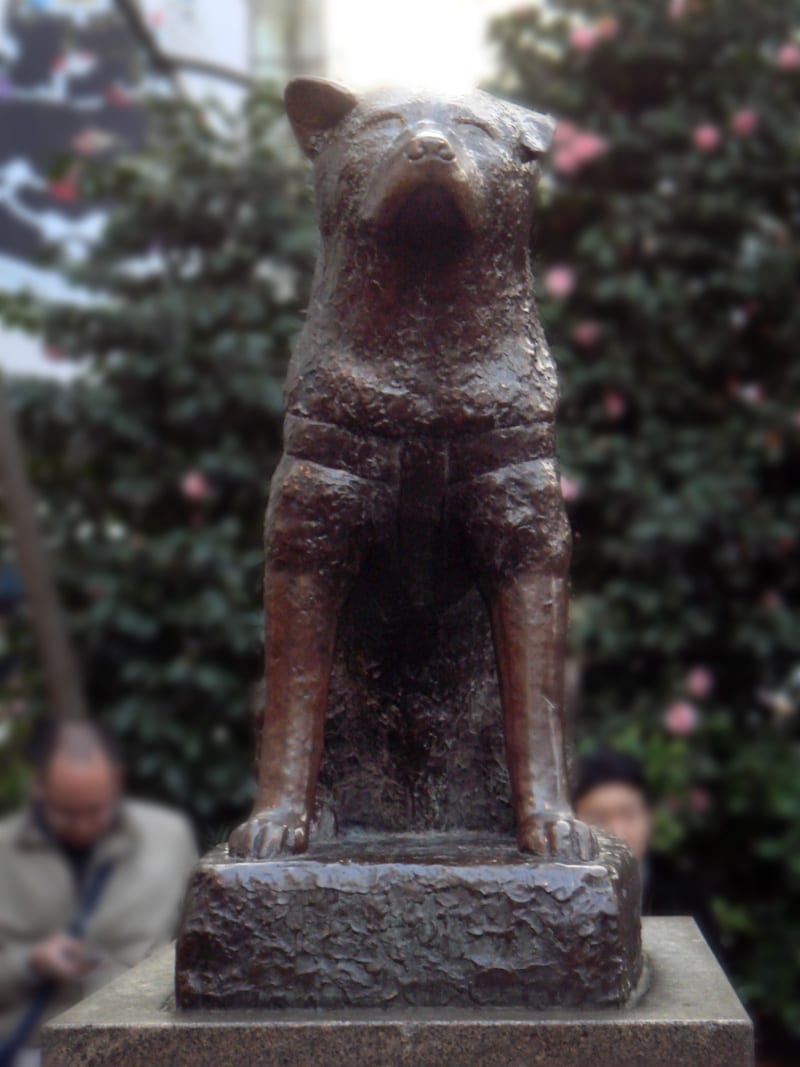
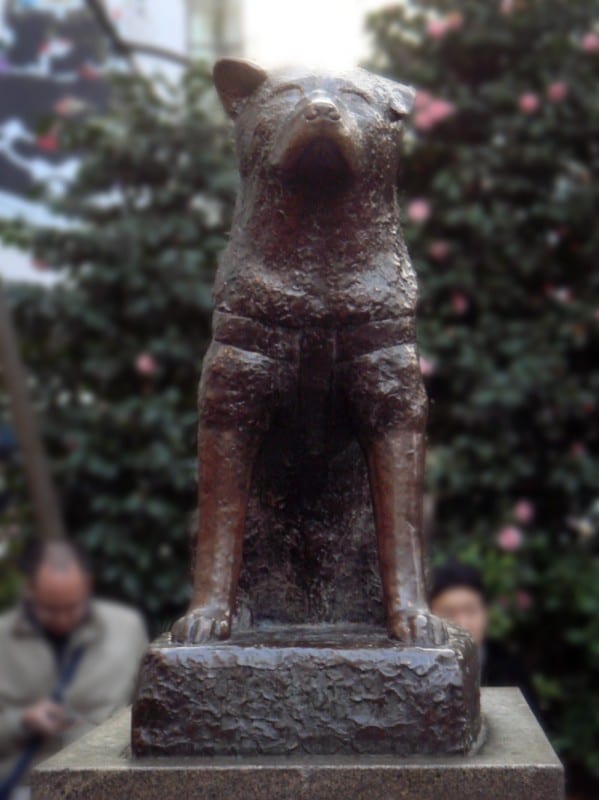
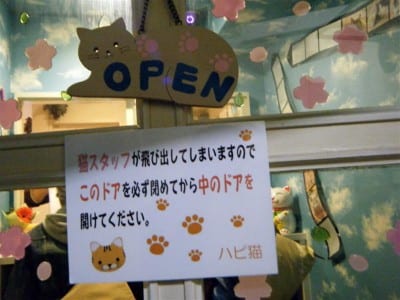
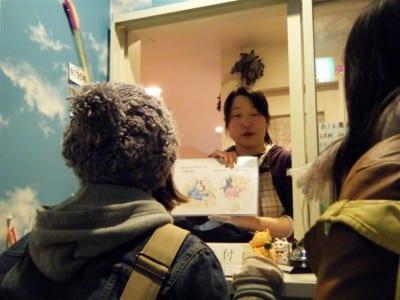
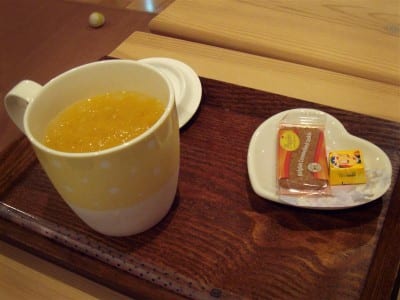
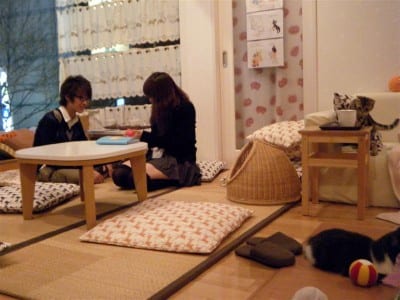
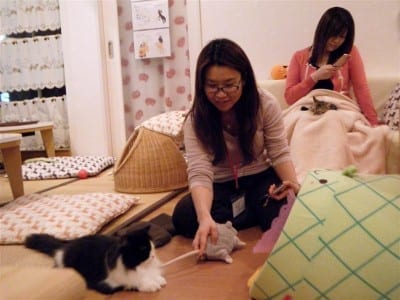
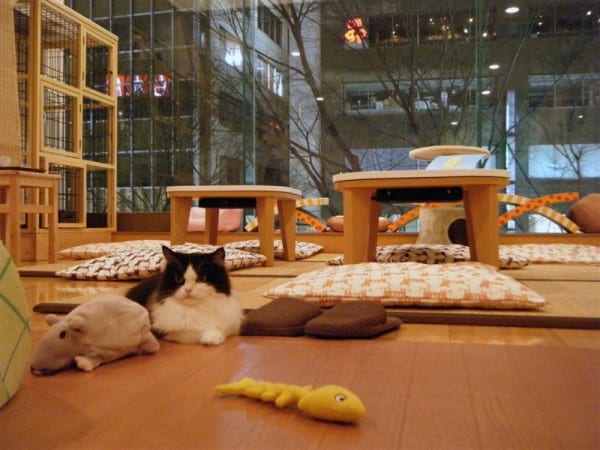

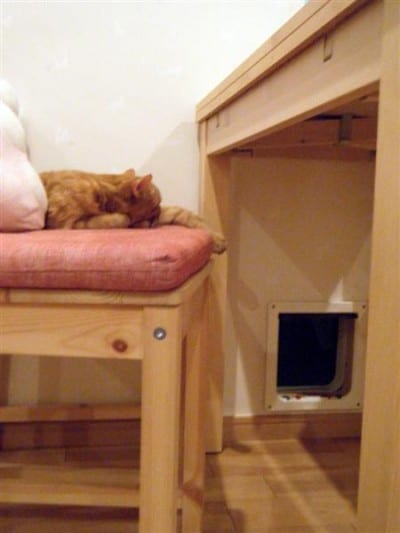
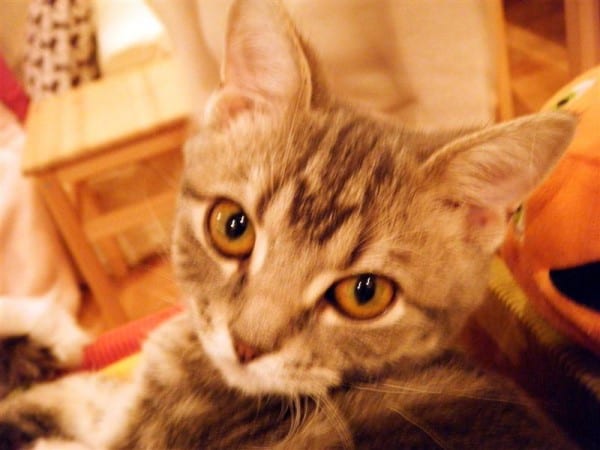
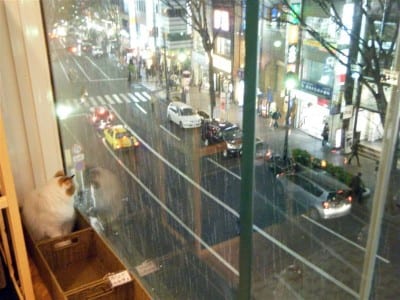
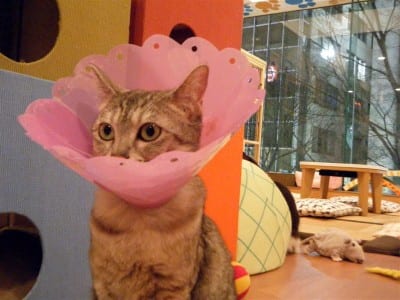
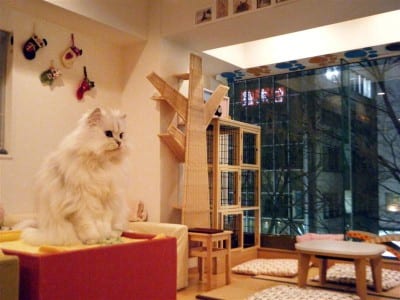
I love them! SOOOO CUTE!!!!!! Esp. Princess Pudding.
So cute I bet you want to eat some Princess Pudding :P
Dear Emmie
Thank you for having you write it in the blog. In addition, please come if I come to Japan. I wait with all the cat staff.
Truly fascinating reading from your trip. Thank you for the insights into Japanese culture! I visited Tokyo almost 30 years ago, but did not have a chance to see as many local and unique spots as you have. Great stuff!
Great Blog! I really like your clean and smooth design.
Hi i will be going to japan this coming sept 2012 and i would love to visit the cat cafe. I would love to ask, is it near the hachiko statue? Thanks
Yes, it is not a far walk. I sorta stumbled upon it by accident. You can attempt to decipher the map on their webpage to find it though, http://hapineko.com/access.html